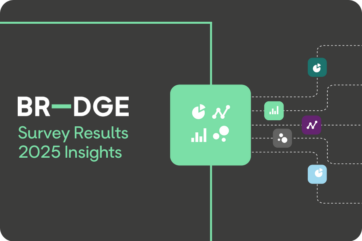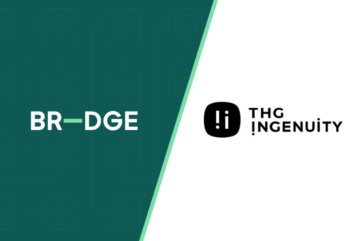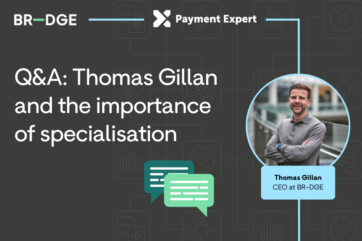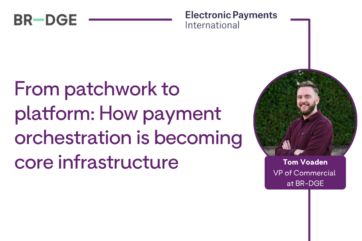
Global Ecommerce Report 2025: Can payment orchestration solve the interoperability challenge?
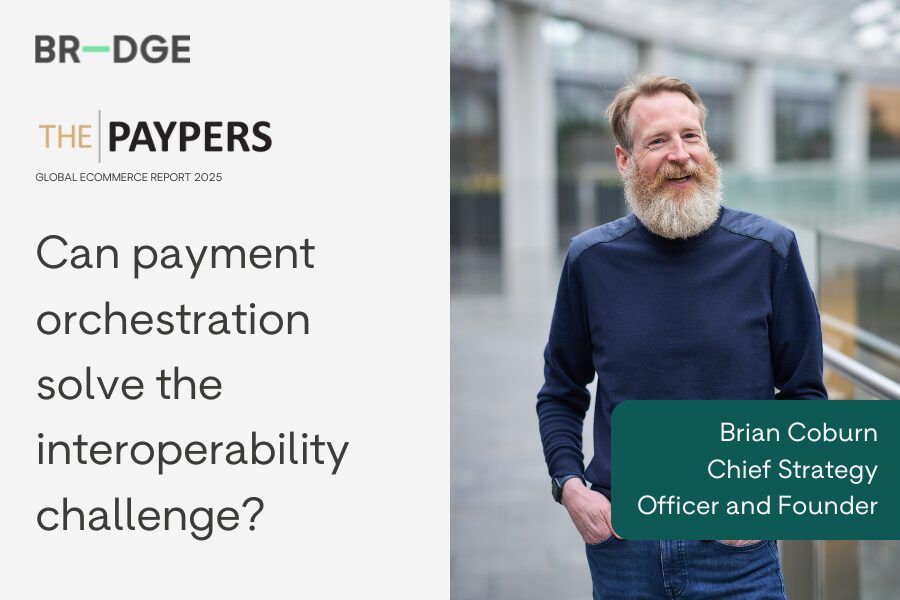
How can you support a consistently smooth and secure checkout experience while operating multiple payment processes and connections behind the scenes? To deliver the right blend of payment capabilities and acceptance levels, every merchant must address this conundrum, which is amplified by a lack of interoperability between various payment ecosystem players.
Although multiple relationships with acquirers, payment service providers (PSPs), and other entities are now the norm, today’s payments world poses some challenges for enterprise-level merchants and the acquirers that want to attract and keep them. With so many payment methods, gateways, and channels in the mix, merchants need to manage multiple relationships and platform integrations – as well as the ongoing maintenance and evolution of those systems. Fraud is another challenge, as verifying customers and protecting their data requires injecting the right amount of friction at the appropriate moment of the payment journey. Additionally, acquirers struggle to remain relevant in a field crowded with competitors dangling discounted fees and service incentives to tempt merchants away. Acquirers themselves need interoperability to deliver value to their merchants.
Why payment orchestration is the key to unlocking true interoperability
The increasingly fragmented payment ecosystem makes it a major mission to build and sustain all the right connections to serve consumers across different demographics and geographies. Although more payment solutions are now built with the potential to be interoperable, many cannot easily be used in an interoperable way because of how they are deployed or where they sit among other solutions.
Payment orchestration could solve the interoperability challenge – but only if it is an independent, provider-agnostic technology layer that enables the payments ecosystem to work with any other provider, system, or platform. Through a single API integration, payment orchestration layers can sit independently between a merchant’s platform and their acquirers or PSPs, while being compatible with them. Orchestration technology unlocks access and flexibility to use new payment methods, routing, tokenization, fraud management services, checkout personalisation, data insights, and much more.
For example, merchants could use a payment orchestration layer to configure tailored combinations of payment methods and routing capabilities for each market. They could also ‘plug in’ a fraud management provider for a certain market or transaction profile – and use another for white-listed customers, pre-authorisation screening, and post-authorisation reviews.
But interoperability isn’t just for merchants – and neither is orchestration. An orchestrator can help PSPs and acquirers unlock interoperability between legacy and newer technologies, plug their service or technology gaps, and extend into new markets. This might even involve pushing select volumes or transactions through their competitors’ gateways or processing capabilities. When payment orchestration is provided on a white-label basis, acquirers can tap into the latest payment services and ensure a consistent experience for their merchants, all in their branding, helping them stay relevant in a crowded marketplace.
Independent token vaults can aid interoperability
Merchants often opt to protect sensitive customer data through tokenization but they must unlock that data to enhance customers’ payment journeys. If transaction data is spread around multiple PSPs, gateways, and acquirers, a lack of interoperability makes tracking that data harder.
Most tokens today are proprietary – produced by processors – and cannot be used outside a merchant’s ‘walled garden’. This creates a dependency between the merchant and their PSP, making it difficult to move to a new PSP or add a new one. Network tokens have attempted to be universal. However, the security elements designed around these also introduce points of dependency. The token requestor (the merchant) and the token service provider offer a unique combination to which each network token is issued. Token provisioning, cryptogram provisioning, or lifecycle management are restricted to that combination. The answer is to use an independent token vault – a ubiquitous, centralised, secure store for sensitive payment data – and a related set of tokens that represent a payment instrument. When used with an orchestration layer, this becomes an even more powerful enabler of interoperability.
Rather than add to their ‘walled gardens’, merchants need flexibility and freedom with their tokenization strategy, as much as with any other element of their payment processes. That’s why we built BR-DGE Vault, which collates acquirer and network tokens for a payment instrument – and stores them behind a BR-DGE token. This ensures a secure set of tokens for use, regardless of where the payment is processed, and that the flow is not locked in against any single payment processor. We proactively create and update tokens with our customers’ processors, and we sync those tokens back to their internal environments, if they wish, to give them ultimate freedom and flexibility.
Interoperable orchestration can deliver value throughout the ecosystem
Capable of connecting any payment system with any payment provider, orchestration delivers interoperability that empowers merchants and acquirers to serve great customer experiences, optimise acceptance, reconcile data from multiple touchpoints across multiple markets and channels, and build custom payment flows.
With a truly independent and vendor-agnostic payment orchestrator, merchants and acquirers can change the make-up of their tech stack as their business evolves – and navigate the future world of payments with less complexity, more control, and happier customers.
This editorial piece was first published in The Paypers' Global Ecommerce Report 2025, which provides a complete overview of key trends and strategies to help businesses worldwide succeed. Download your free copy today to explore in-depth insights on global ecommerce trends, the latest innovations in payment solutions, and strategies to stay ahead in a competitive market.
Related content
